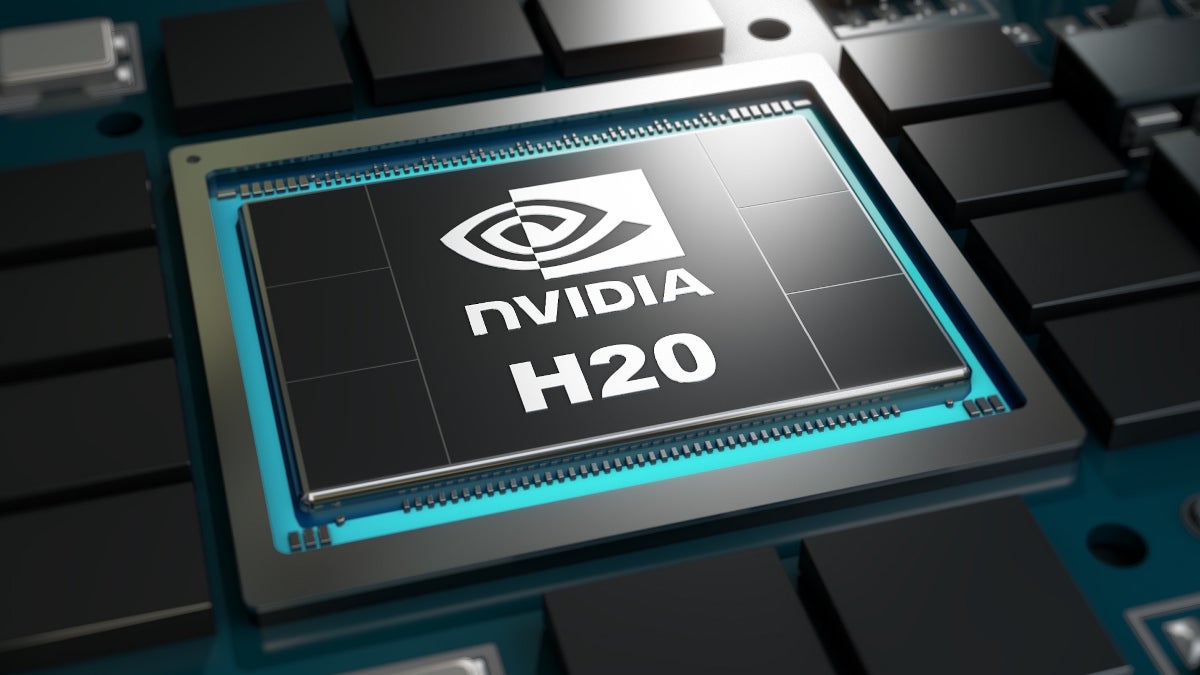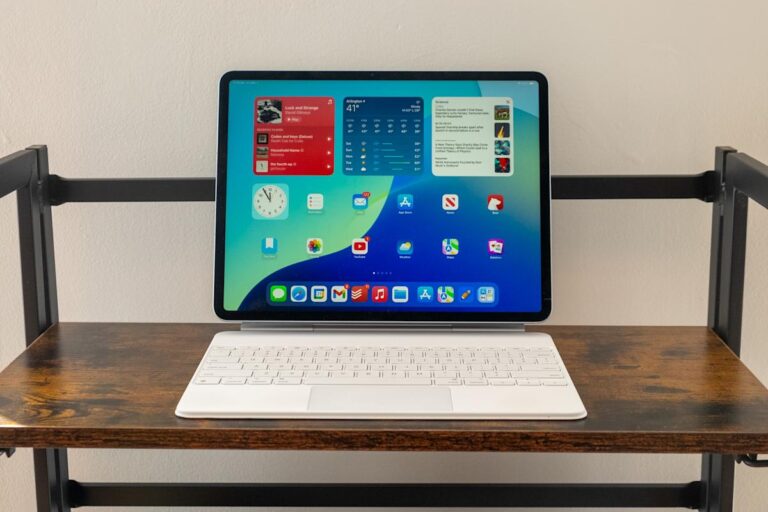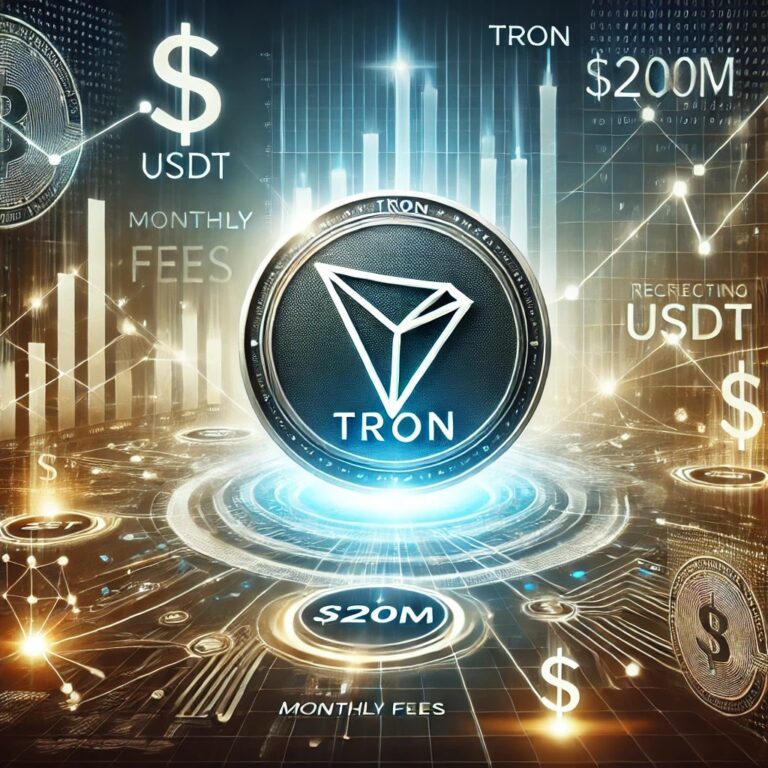If Samsung Foundry gets this job, the whole industry should be prepared for a major shakeup

Leaker @Jukanlosreve says that Samsung Foundry is in line to get an important order for chips from Nvidia. | Image credit-X
Samsung Foundry is trying to make a comeback. As we noted, it hopes to improve its 2nm yield fast enough to produce enough Exynos 2600 APs to power the Galaxy S26 and Galaxy S26+ in most markets except for the U.S., China, and Canada. That could make those phones the first to employ 2nm chipsets.
The latest yield rate for Samsung Foundry’s 2nm process node is 40% and by the end of the year, it is expected to hit the level that will allow the foundry to become a legitimate alternative to TSMC. Getting Nvidia’s GPU business could help Samsung Foundry’s reputation (which needs a shot in the arm) and its market share. At 7.7% during Q1 2025, Samsung Foundry is well behind TSMC’s global market share of approximately 67.6%.
Samsung Foundry might already be on the rise as it built the Nvidia designed Tegra T239 SoC that powers the popular Nintendo Switch 2 game console. The foundry used its mature 8nm Deep Ultraviolet (DUV) process node to manufacture the component taking the Tegra business away from TSMC.






